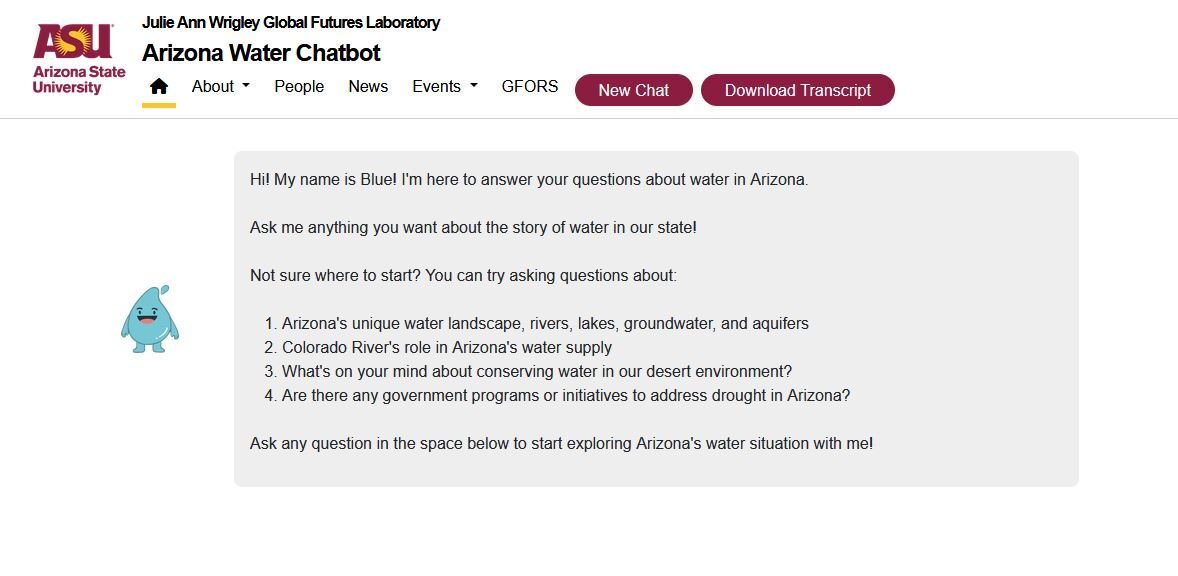air quality
Environmental Scientists Face Off: AI’s Climate Challenges and Promises Unveiled

Environmental scientists and conservationists have historically been hesitant to adopt artificial intelligence (AI) tools due to the considerable energy consumption associated with them. However, a shift is underway as the advantages of AI become more apparent.
Jennifer Brandon, a sustainability consultant from California, shared her ambivalence. “I’m not a huge AI fan. If I can avoid it, I do, because I always think about the environmental implications first,” she remarked. Yet, she acknowledged the rising benefits, particularly when dealing with extensive data sets.
A notable initiative at Arizona State University (ASU) illustrates this change. Their climate tech project features a chatbot named “Blue,” designed to provide residents with timely information on water conservation. This tool has been optimized for energy efficiency, aligning with environmental goals.
Dave White, director of the Global Institute of Sustainability and Innovation at ASU, highlighted a gap in public understanding regarding AI’s underlying infrastructure and its resource demands. He noted that while recent technological advancements offer fresh methods for exploring sustainability, the decision to use these tools remains complex for conservationists.
Concerns surrounding AI’s reliability have also contributed to its slow uptake in environmental projects. For many professionals, weighing AI’s potential benefits against its environmental costs is essential. White emphasized the need for critical evaluation regarding energy consumption and conservation outcomes.
The Julie Ann Wrigley Global Futures Laboratory at ASU recently launched Blue following a $40 million investment from the Arizona Water Innovation Initiative. This collaborative effort aims to implement innovative water conservation strategies.
White noted that the most effective AI applications identified in university research include modeling, monitoring, and simulation. A recent study tracking water storage in the Colorado River basin effectively combined satellite observations with climate models to enhance resource management.
Brandon reflected on her exposure to AI in environmental science over the past decade, recalling a project where machine learning accelerated the analysis of plankton images. “We could sort images so much faster,” she pointed out, illustrating AI’s potential to unveil patterns otherwise overlooked.
While Brandon remains cautious about AI, she plans to incorporate it into a future project aimed at enhancing microplastic detection speed. Despite her enthusiasm for potential benefits, she maintains a rigorous approach to evaluating AI’s accuracy and cost-effectiveness.
Keith Lambert, president of Oxidizers Inc., expressed similar concerns. He noted the critical importance of clean data in environmental engineering, emphasizing that errors made by AI could incur significant regulatory fines. Lambert remains cautious about AI due to the risks associated with inaccurate data.
Conversely, Amrita Bhasin and her partner Gary Kwong have built an AI model for their logistics company, Sotira, aimed at reducing waste by rerouting excess food to beneficiaries. Their AI optimizes the logistics process, significantly reducing environmental impact by improving trucking efficiencies.
Bhasin underlined the importance of measurable outcomes, noting their success in diverting over 2 million pounds of waste from landfills. Their approach minimizes reliance on generative AI, which has a higher environmental footprint, monitoring data processing to assess energy use.
Despite the cautiousness among many in the environmental field, there are emerging AI applications offering promising avenues, such as enhancing recycling processes and real-time biodiversity analysis. As the climate sector grapples with the decision to incorporate AI, cost-benefit analysis will likely remain a critical factor in determining its adoption.


















